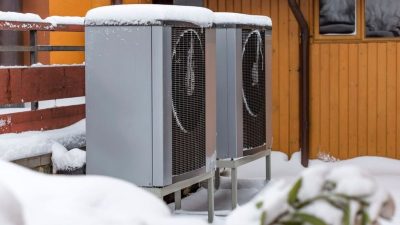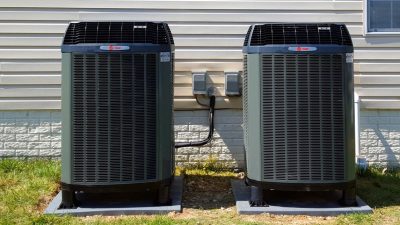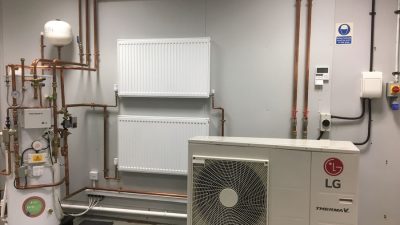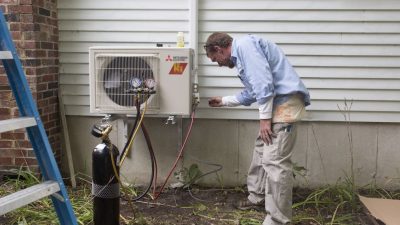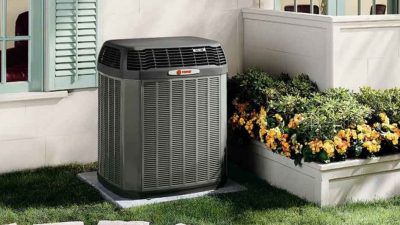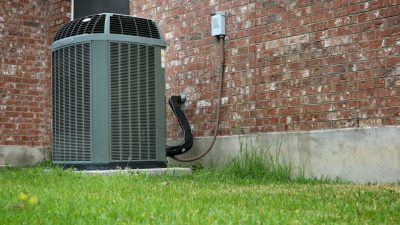Have you ever wondered how cold is too cold for your heat pump? It’s a valid question, as temperature affects its performance and efficiency. You might think that the cooler it gets outside, the harder your heat pump has to work to keep your home warm. But that isn’t necessarily true – there is a limit to how low the temperature can go before a heat pump stops working efficiently altogether. If you’re looking to get the most out of your heat pump, this article will provide an in-depth look at what temperature is too cold for it.
We’ll start by examining just how low temperatures can get before they become a problem for heat pumps. We’ll discuss why this matters and what impact extreme cold weather can have on their performance. Finally, we’ll explore some tips and tricks that can help you make sure your heat pump runs smoothly through winter – no matter how chilly it gets outside!
So if you want to make sure your heat pump is keeping your home warm without wasting energy or breaking down due to extreme weather conditions, read on to find out the answer to the question: What temperature is too cold for a heat pump?
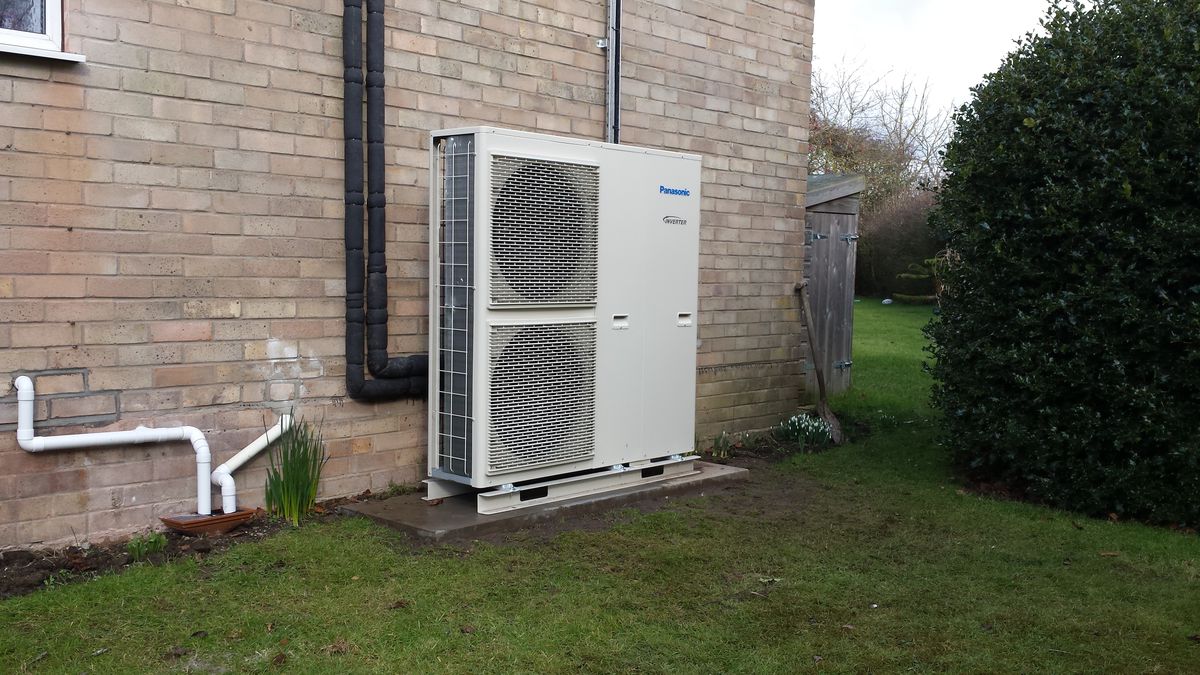
What Temperature Is Too Cold For A Heat Pump?
Most heat pumps work efficiently when outdoor temperatures are above freezing (32°F or 0°C). However, as the temperature drops below freezing, the heat pump’s efficiency may decrease, and it may not be able to extract enough heat from the outside air to heat your home effectively.
The specific temperature at which a heat pump stops working efficiently depends on several factors, including the type of heat pump, its size, and the condition of the unit. However, as a general rule, when temperatures drop below 25°F (-4°C), a heat pump may not be able to keep up with heating demands, and supplemental heating may be needed.
Fortunately, many modern heat pumps are equipped with advanced features, such as auxiliary heat strips or a backup heating system, which can help provide additional heating when outdoor temperatures drop below freezing. Additionally, there are specialized heat pumps, such as cold-climate heat pumps, which are designed to operate effectively in very cold temperatures.
If you live in an area with very cold winters, it’s important to consult with a professional HVAC contractor to determine whether a heat pump is the right choice for your home and to ensure that it is properly sized and installed to meet your heating needs.
Temperature Requirements For Heat Pumps
Now that you understand the basics of heat pumps, let’s discuss temperature requirements and maintenance. Heat pumps are designed to work in temperatures between 40-90 degrees Fahrenheit. If your area is prone to temperatures below this range, you should consider installing a supplemental heating system. In addition, keep in mind that it’s important to keep your unit insulated during cold winter months to prevent freezing and increase efficiency. Here are some other things to remember about temperature requirements for heat pumps:
- Make sure there is proper insulation and weather-stripping around windows and doors
- Have your heat pump serviced regularly by a qualified technician
- Clear any debris or fallen leaves from the outdoor unit
- Keep an eye out for any unusual noises or smells coming from the unit
If your heat pump does freeze up, don’t try to thaw it out yourself – call a professional for repair. It is important to take extra precautions when temperatures drop as frozen components can cause costly damage if not addressed immediately. Don’t forget that proper maintenance of your heat pump is essential in order to get the most out of its lifespan and efficiency.
Effects Of Low Temperatures On Heat Pumps
When temperatures dip too low for a heat pump, dangerous frost damage can occur. Heat pumps are designed to work in cold climates, but if the temperature drops below freezing, the pump can freeze. This is because, when it’s too cold outside, the air is unable to absorb enough heat from the environment to be able to reach and maintain a comfortable temperature indoors.
To prevent frost damage and keep your heat pump working properly in colder weather, it’s important to winterize your system. This means performing regular maintenance on the unit so that it can continue to operate safely and efficiently as temperatures drop. Specifically, this includes regularly cleaning or replacing filters, checking refrigerant levels, lubricating motors and fans, and inspecting electrical connections. It’s also a good idea to insulate any exposed pipes or ducts to help limit heat loss during the winter months. Taking these steps will help ensure that your heat pump continues to function optimally even in low temperatures and protect it from costly frost damage.
Ways To Protect A Heat Pump From Low Temperatures
When temperatures dip too low for a heat pump, it can lead to irreparable damage. To protect your investment, you’ll want to be proactive about cold weather protection. There are several steps you can take to protect your heat pump when temperatures drop.
First, make sure your heat pump is properly insulated and sealed. This helps keep cold air out and warm air in. You may also want to invest in a cover for the outdoor unit of your heat pump to protect it from snow, ice, and other inclement weather.
Next, make sure that any nearby plants or shrubs are trimmed back from the outdoor unit of the heat pump so they don’t block airflow or impede operation. Additionally, it’s important to keep all drains and filters clean so that dirt doesn’t affect the efficiency of your unit. And lastly, have a professional inspect and maintain your system on a regular basis – this ensures that everything is running smoothly and efficiently even during cold weather months.
It’s always better to be safe than sorry when it comes to protecting your heat pump from low temperatures – taking these steps now will help ensure its longevity down the road!
Signs Of A Frozen Heat Pump
Now that we’ve discussed ways to protect a heat pump from low temperatures, let’s take a look at the telltale signs of a frozen heat pump. If you notice any of these symptoms, it’s important to take action right away in order to prevent further damage.
The most obvious sign of a frozen heat pump is when the unit stops producing warm air. This could be caused by an accumulation of ice on the evaporator coil or other components within the system. In addition to this, you may hear strange noises coming from the unit, such as rattling or buzzing. You may also notice that your energy bills have increased significantly due to the extra strain on your equipment. Lastly, if there is a considerable amount of frost buildup around the unit, then this is another clear indication that something is wrong with your system.
It’s important to act quickly if you detect any of these signs of a frozen heat pump in order to avoid costly repairs and downtime for your system. Shut off power to the unit and call an HVAC professional so they can inspect and diagnose the issue properly.
Repair And Maintenance Considerations
When it comes to your heat pump, maintenance is key. If you don’t properly maintain your heat pump, you’re putting yourself at risk for costly repairs down the line. As such, it’s important to know what temperature is too cold for a heat pump before the cold weather hits.
To ensure that your heat pump is running efficiently, start by consulting with an HVAC technician. They’ll be able to assess the insulation and ductwork in the area and advise on any potential improvements. In addition to this, they can provide tips on protecting your outdoor unit from the cold and other elements during winter months.
It’s also important to remember that most heat pumps are designed to work within a certain temperature range; usually between 35-45°F (1-7°C). If temperatures dip below this range, there’s a chance of your system freezing up or malfunctioning due to ice buildup. That’s why it’s so important to get regular inspections and maintain your system before winter sets in. Taking these steps will help ensure that you stay warm all season long!
Conclusion
In conclusion, it’s important to understand the temperature requirements of a heat pump in order to ensure that it functions properly and efficiently. Low temperatures can have an adverse effect on a heat pump, leading to frozen coils and inefficient performance. To protect a heat pump from low temperatures, make sure that it is installed correctly and properly insulated, and watch for signs of freezing. If you notice any problems with your heat pump, such as frozen coils or an inability to maintain proper temperature levels, contact a professional for repairs and maintenance as soon as possible. With proper care and maintenance, your heat pump should be able to withstand even the coldest weather conditions.

